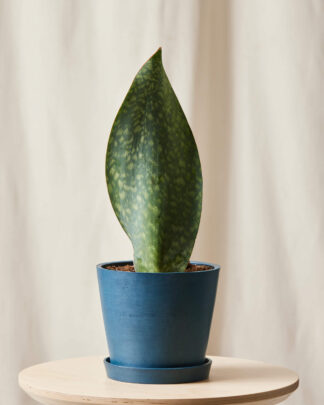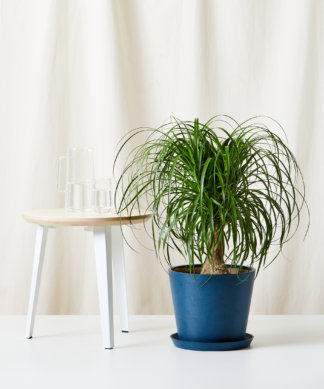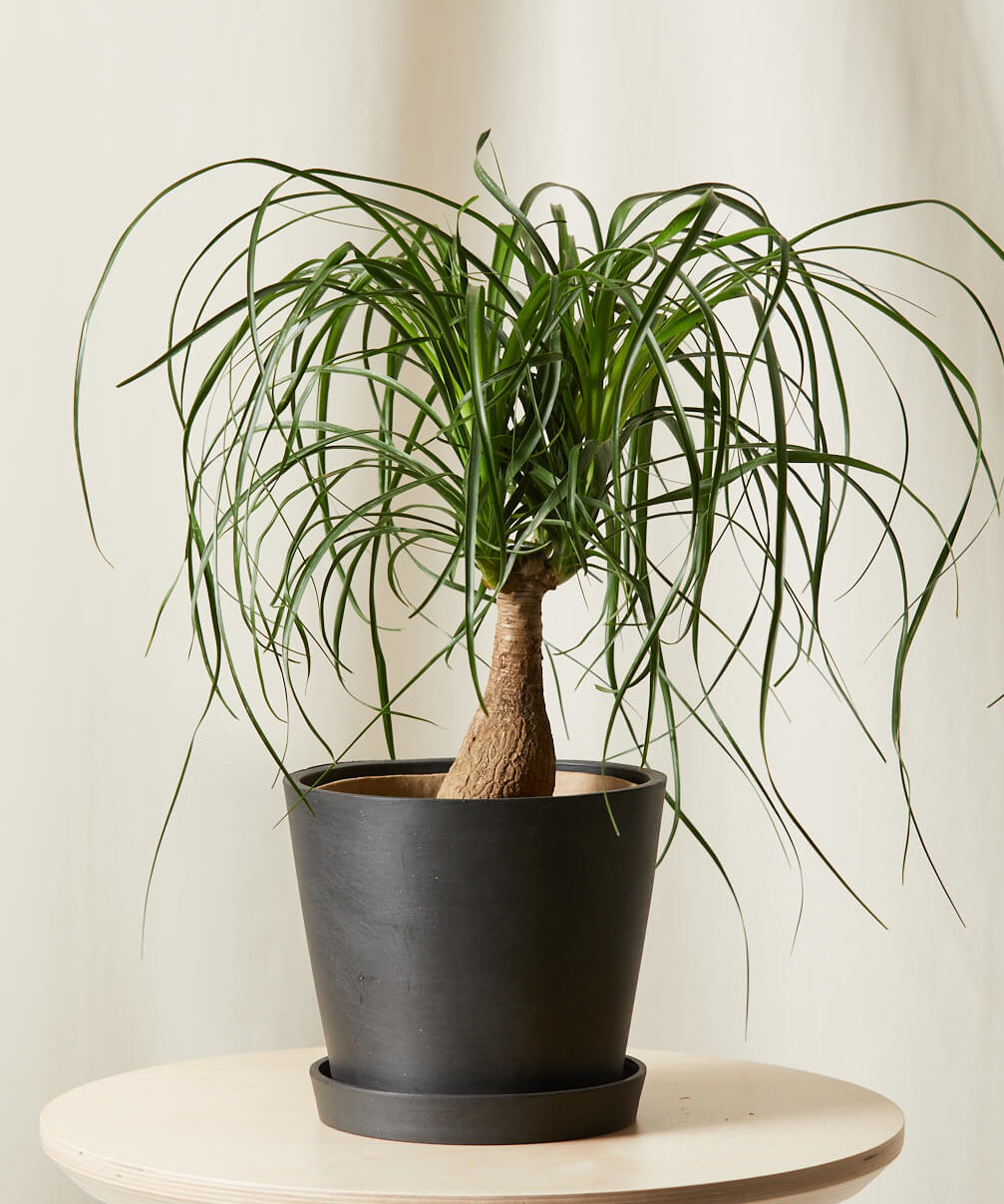Plant Care
Indoor Cactus Care 101: How to Give Your Desert Dweller The Best Life

Cacti originate from some of the most harsh, barren environments in the world. Their water-retaining capability and wax-coated skin prepare them for a life of intense sunshine, swirling dust, and only the occasional light rainfall. So why are they so notoriously difficult to care for indoors? We’re sharing our best indoor cactus care tips to help bring desert vibes to your living space.
Indoor Cactus Care Tips
So how is a plant that’s accustomed to the extremes going to adjust to a comfortable, temperature-controlled apartment or home? For an answer, we tapped Gage Wiley, a horticulturist with San Francisco-based Habitat Horticulture, for his opinion on indoor cactus care. As you’ll see, despite their prickly exterior, cacti are some of the most laid-back houseplants on the market. Below, get the low-down on indoor cactus care 101, courtesy of Wiley.
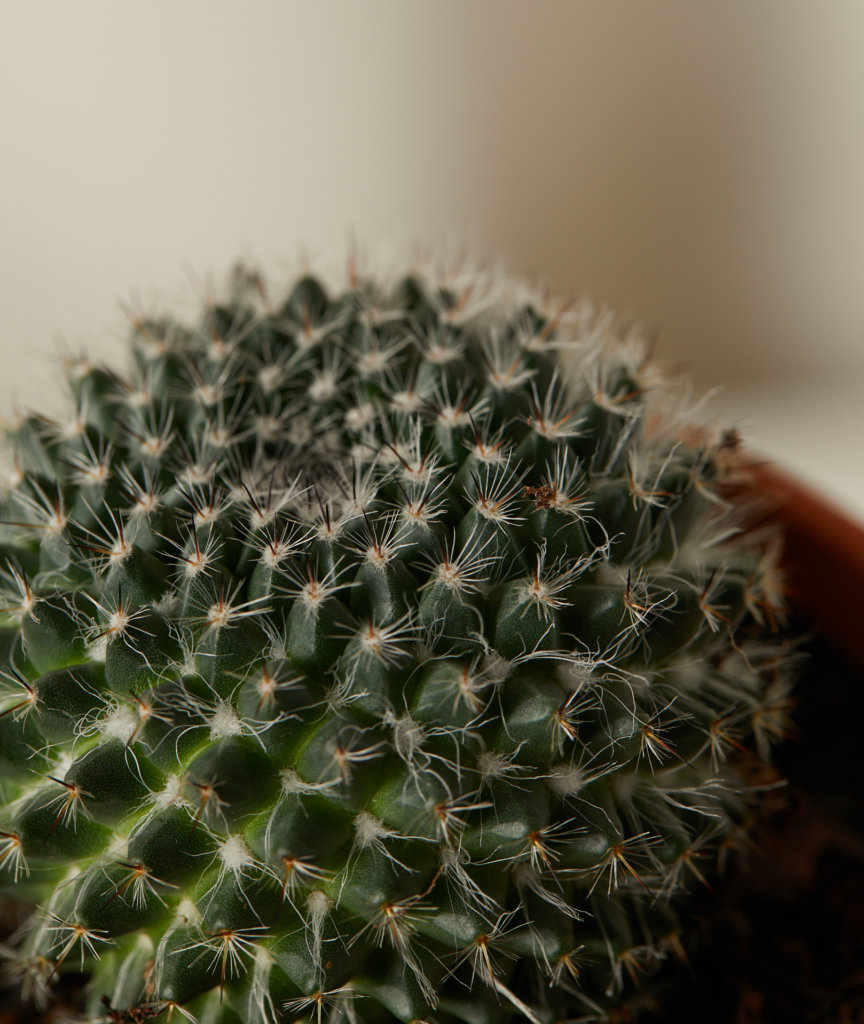
Tip #1: It’s all about good lighting
Native to dry, hot deserts spanning Alberta to Chile, your cactus’ indoor livelihood depends on good lighting. “The more direct light you can give your cactus, the better,” says Wiley. “Most grow in full sun or close to it, so it’s not going to end well if you tuck your cactus away in a dark corner of a home office.” He specifically recommends a south- or west-facing window to maximize rays. He adds that successfully growing plants indoors is “all about the balance between water and light. The more light, the more water the plant will use. Less light, less water.”
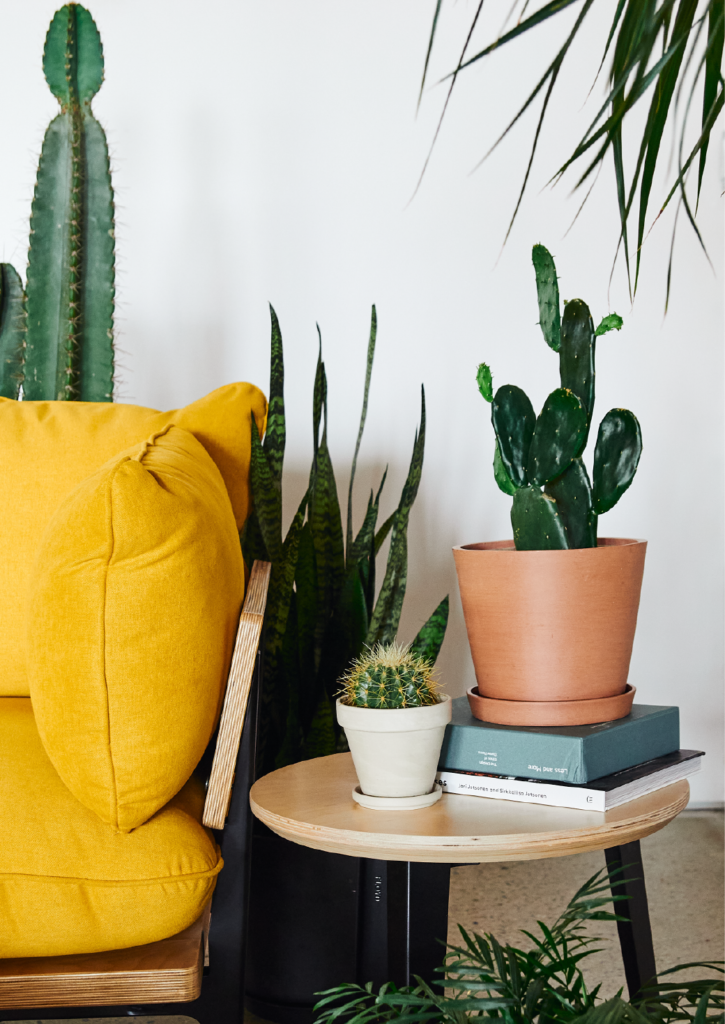
Tip #2: Clear your windowsill
Cacti are used to blistering desert heat during the day, followed by cool, rejuvenating temperatures at night. Fortunately, windowsills mimic that fluctuation by exaggerating both the hot and cold temperatures throughout the day. “Being close to the pane gives them the extra heat from direct sun, as well as more of a temperature drop at night,” explains Wiley. If you want to put your cactus’ needs before your own, Wiley suggests cranking the heater up during the day and letting temperatures plummet at night to mimic this environment. Rest assured, “day and night temperatures found in a typical home are just fine.”
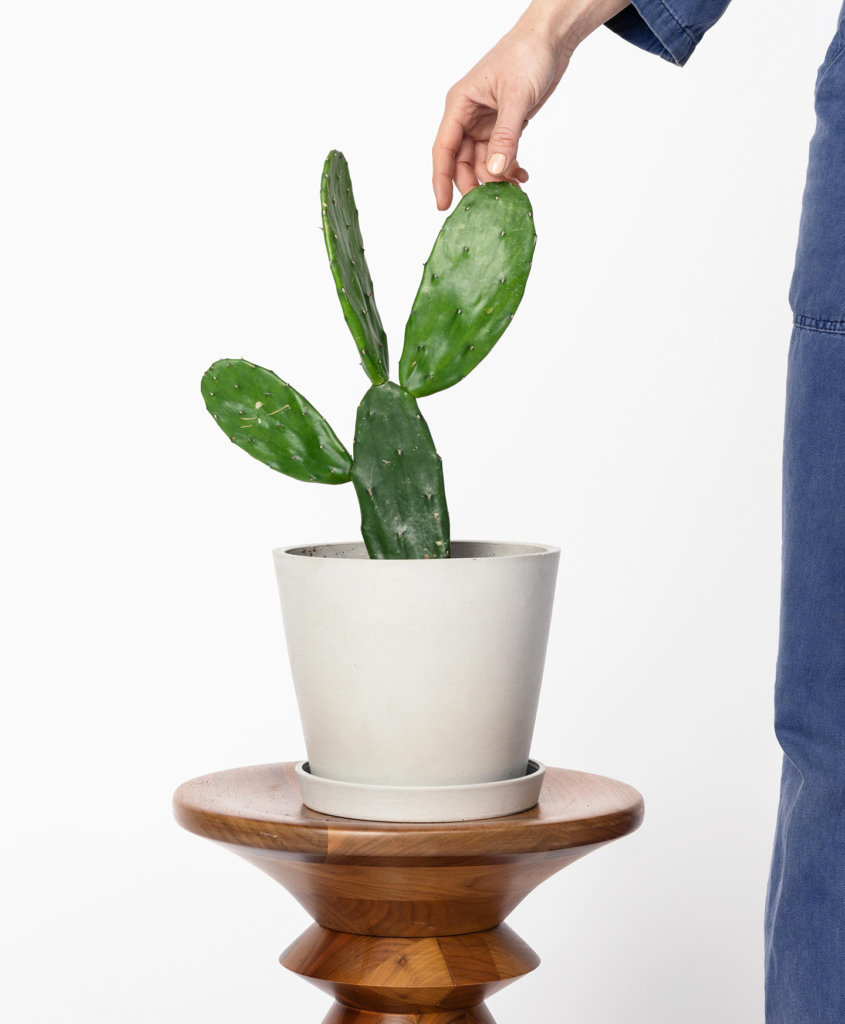
Tip #3: If the stems look deflated, it’s time to water
While most plants exhibit clear signs of dehydration, the cactus is a bit more subtle. “Other plants wilt dramatically, or you can see that the soil is dry. But with a cactus, ideally the soil is always dry—it can be confusing,” he explains. But, your cactus will give off discreet cues that it’s ready for water, particularly in the swollen stems, which store H2O. “As your cactus gets closer to dehydration, it will start to dip into the reservoir of water in its tissues,” he explains. “When this happens, the plump stems will look a bit deflated — that’s when you should water.” After watching for a few months, you’ll learn your cactus’ schedule and be able to create a routine around it.






